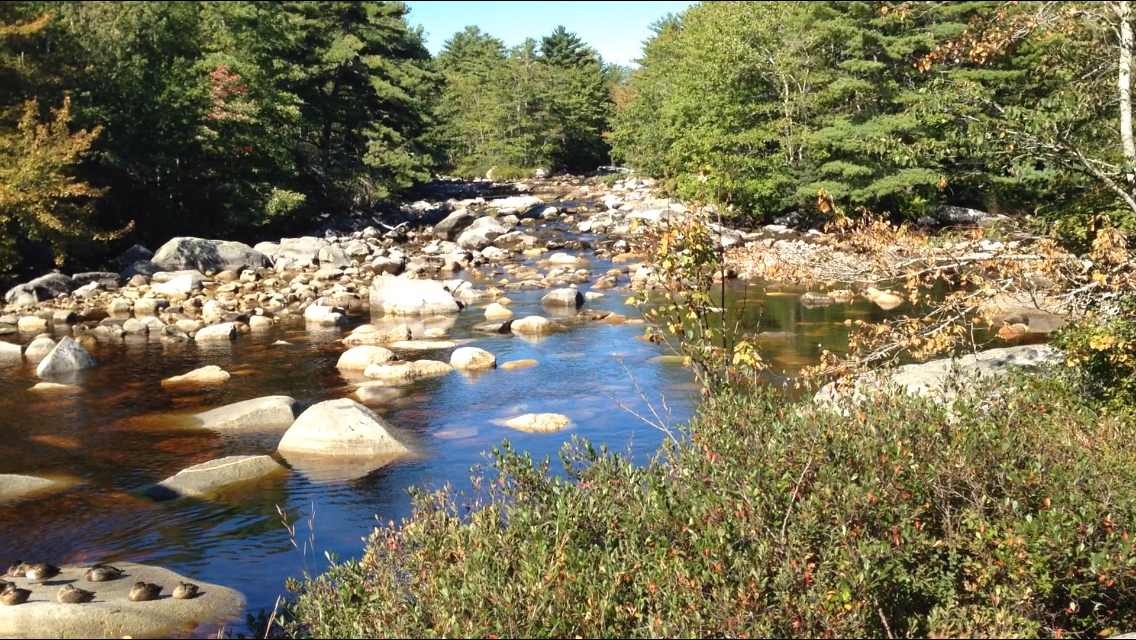A summer that produced drought conditions affecting thousands of people in southwestern Nova Scotia has prompted the government to table legislation that will help homeowners with the costs of drilling or expanding wells.

Municipal Affairs Minister Zach Churchill announced changes Thursday to the Municipal Government Act that would allow municipalities to create a bylaw for a program that would pay those costs up front.
READ MORE: Drought reaches 1,000 families in southwestern Nova Scotia
Under the financing model, the cost would be applied to a homeowner’s property tax bill over a specific period of time.
“We think this is the most efficient way to do it,” said Churchill. “Not every community was impacted by this and being able to pay this back through property taxes provides a very convenient option for residents.”
The program would be voluntary and could cover 100 per cent of a project’s costs through financing terms of up to 20 years.

Get breaking National news
Churchill said the financing model has been used throughout Canada and the U.S. and is currently used in Nova Scotia to fund energy efficiency projects through a program known as Property Assessment Clean Energy or PACE. That program is now being expanded through the legislated change to include water conservation.
Churchill said the program would cover people with cisterns in addition to those with dug wells.
He said municipalities who don’t have the money to provide the loans could apply for financing through the province’s Municipal Finance Corporation.
“We bundle all the loans that come in every year through our municipalities so we get a low interest-bearing option on those loans. That program funds a lot of important capital projects.”
READ MORE: Dry weather makes for extremely low water levels in Halifax-area lakes, rivers
Churchill said at its height through the summer and fall the water shortage due to a lack of rainfall caused about 2,000 wells in the southwestern part of the province to run dry.
He said that number had since been cut to about 1,000.
Rob Frost, the chief administrative officer for the Municipality of the District of Barrington, said his council is ready to adopt a program in which costs can be recovered over time.
“This is an excellent program that will help a lot of people in southwest Nova Scotia and anywhere that needs to improve their water system,” said Frost. “It’s an excellent opportunity for them to finance a program over a long period of time.”
Frost said about a quarter of the community, roughly 400 families, saw their wells run dry.







Comments